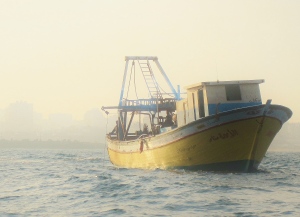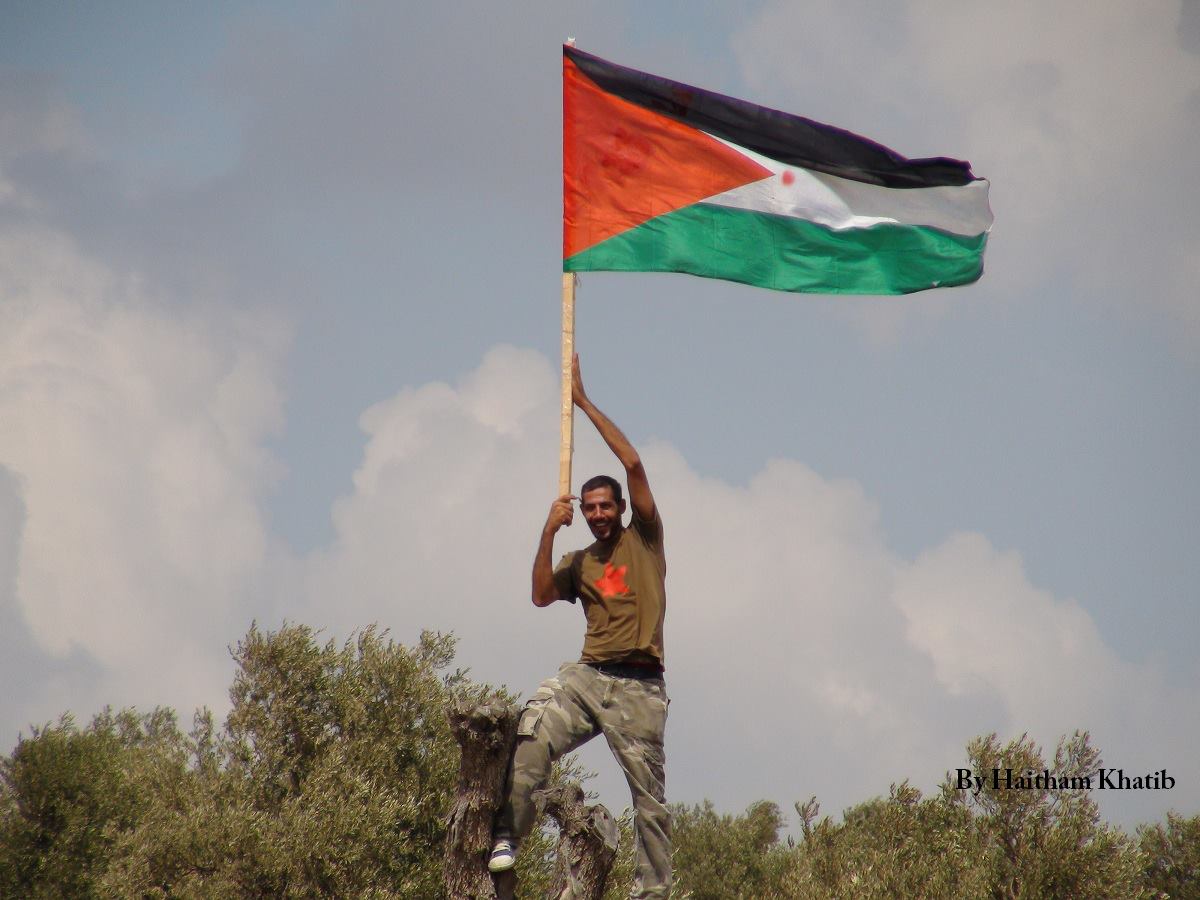Category: Journals
-
Under the flag of UNESCO marched Gaza
by Nathan Stuckey 1 November 2011 | International Solidarity Movement, Gaza We gathered on the road in front of the Agricultural College of Beit Hanoun, one side of the road a functioning school, on the other, only the remains of destroyed school buildings. For three years the people of Beit Hanoun have gathered here every…
-
Initial reactions from Gaza on the new Freedom Flotilla
by Radhika S. 3 November 2011 | Notes from Behind the Blockade Here in Gaza, people — especially the youth — are really excited about the new flotilla on its way from Turkey. “I can’t wait to receive my brothers and sisters who share our suffering and who also experience Israel’s apartheid policies and aggression,”…
-
Ashraf Abu Rahmah in the midst of circus military court
by Maria Stephanya 28 October 2011 | International Solidarity Movement, West Bank The proof is all there: photos, videos, witnesses. All of them showed that Ashraf Abu Rahmah, one of the main activists of popular non violent struggle in the village of Bil’in, Palestine, walked peacefully on the road which goes from Bil’in’s recent liberated…



